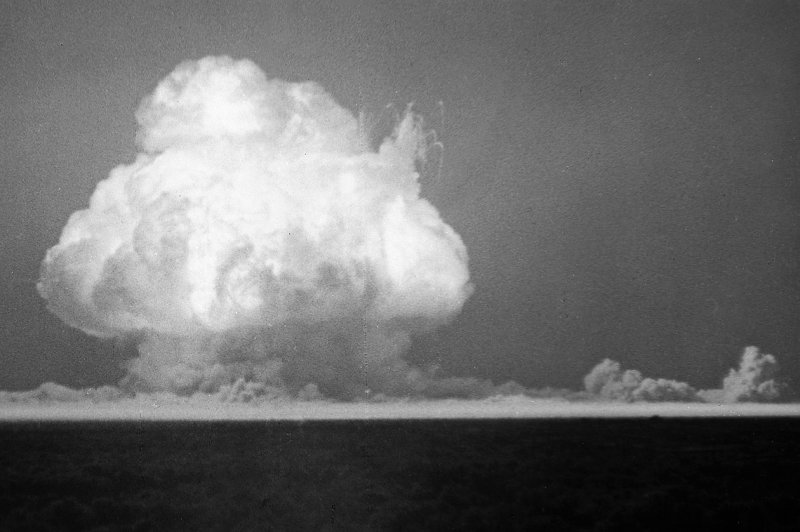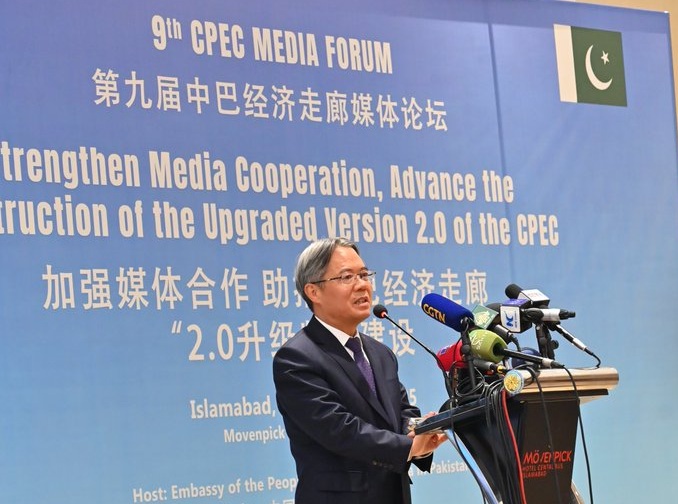Nuclear Science History
The history of nuclear science began in 1896 when Henri Becquerel discovered radioactivity, followed by Marie and Pierre curies work with radium and polonium.in the 20th century, development in atomic theory, including James Chadwick’s discovery of the neutrons that led to an extensive study of the atoms.in 1938, otto Hahn and fritz Strassman discovered nuclear fission which was later explained by Lisa Meitner, revealing the massive energy potential within atoms. During World War 2, this knowledge was put to practice and atomic bombs were developed which were dropped on Hiroshima and Nagasaki in 1G45. The aftereffects of these bombings showed the world the power of nuclear energy. The cold war then triggered a nuclear arms race between the US and USSR.
However peaceful uses of nuclear technology have also emerged such as the use of atomic energy in medicine and power generation. International efforts like non-proliferation treaty (NPT) aimed to control atomic weapons. Fissile science remains important in offering energy solutions but also raising global security and environmental concerns.
Global Powers and Fissile Capabilities
Atomic weapons are the most dangerous and powerful weapons in the word. Only a few countries have this power know as Atomic powers.
Main Atomic Powers Other Atomic Countries
United States India
Russia Pakistan
China North Korea
France Israel (Not Confirmed Officially)
United Kingdom
Main Nuclear Powers USA and Rusia have the most nuclear bombs These weapons can be launched from land, sea, or air. They can travel very far and cause massive destruction.
Most fissile countries say they only keep these weapons for defense, not for attack. But even then, they are a danger to world peace. Any mistake or misunderstanding can lead to war. That is why countries need to talk, follow peace agreements, and work together to stop the spread of nuclear weapons.
Modern Day Tensions and Triggers
Modern day nuclear threats arise from rising geopolitical tensions, emerging atomic states, and weakened arms control. Conflicts involving Iran – Israel over Gaza and peripheries, Russia – NATO over Ukraine, U.S – China over Taiwan and India – Pakistan over Kashmir heighten the risk of escalation. North Korea’s missile tests and Iran’s nuclear ambitions are also there. Technological risks which can trigger more threats such as cyberattacks and AI malware in military systems which increase chances of miscalculation and misuse. In today’s multipolar world, the threat of atomic war is no longer hypothetical, but a growing risk driven by complex triggers, demanding urgent diplomatic engagement, transparency, and robust international safeguards to prevent catastrophic consequences. Recent events also suggesting that Atomic threats are increasing day by day.
Role of nuclear deterrence in International Relations

Think of nuclear deterrence as a high-stakes game of staring between countries that have nuclear weapons. The main idea is simple: “no country wants to start an atomic war if it means getting hit back hard”. During the Cold War, the US and the Soviet Union didn’t fight directly because they were afraid of “mutually assured destruction” (MAD). If you know your opponent can hit back just as hard, you’re less likely to throw the first punch. This idea comes from realist international relations theory and says that nuclear weapons can make a country safer and better known around the world, like in the cases of India and Pakistan. It helps keep the peace by stopping big wars, but there are still worries about accidental launches, arms races getting out of hand, and being too sure of military might. Even though there are risks, nuclear deterrence still has a big impact on world politics, including military strategies, alliances, and diplomatic efforts. It’s a complicated but important part of keeping the peace around the world.
Diplomatic Efforts and Treaties

Over the years, diplomacy has been a big part of keeping the threat of nuclear war in check. The Non-Proliferation Treaty (NPT) has been around since 1970. It asks countries to stop the spread of nuclear weapons, lower the amount they already have, and promote the peaceful use of nuclear energy. However, some countries, including Israel, Pakistan, and India, never joined. Due to the lack of ratification by major powers, the Comprehensive Nuclear-Test-Ban Treaty (CTBT), which seeks to outlaw all nuclear tests, has not yet come into full force. The United States and Russia have limited their arsenals through agreements like New START. Unfortunately, progress has been undermined by growing mistrust and actions such as the United States withdrawal from the INF Treaty. Diplomacy through organizations like the UN and IAEA is essential, despite setbacks. Our best hopes for a safer, nuclear-free future are to rebuild trust and reaffirm international commitment.
Risks of Miscalculation, Cyber-Attacks s Accidental Launch
Nuclear systems today face serious cyber threats. Experts warn that attacks could spoof early-warning systems, disrupt communications, or disable atomic command and control, risking accidental launches. The 1983 Soviet false alarm and the 2010 U.S. missile blackout show how real such dangers are. According to NTI’s 2018 report, malware may be introduced during fabrication, and dual-use systems increase the chance of misinterpretation in crises. Even one flaw can reduce confidence in nuclear deterrence. As cyber threats evolve, stronger failsafe measures and global cooperation are vital to prevent miscalculated nuclear escalation or unauthorized use in an increasingly digital battlefield.
Impact on Humanity, Environment and Economy

A nuclear war will have devastating, long-lasting effects on humanity, the environment and economy. Not just for the two enemy nations involved – but for every other country in that region. The moment an atomicbomb is dropped, there will be massive immediate casualties and those who survive will face lifelong radiation sickness and cancer risks – affecting their future generations. Radioactive isotopes will contaminate land, water and air – making the affected areas uninhabitable. Smoke will block the sunlight, plunging the cities into darkness and dropping temperatures globally. High amounts of radiation will damage crops and ecosystems. Buildings, transport and utilities like hospitals will be destroyed – leading to unemployment and businesses collapsing. People will be displaced. Global markets would crash, and trade will collapse.
Conclusion: Can a Nuclear War Be Prevented

One can help to avert an atomic conflict by means of strict arms control, worldwide cooperation, and diplomacy. Diplomatic agreements like the Iran nuclear deal (JCPOA) and significant treaties like the Treaty on the Non-Proliferation of nuclear weapons (NPT) play a significant part. Through organizations like the UN, it is imperative to build amicable communication and trust between enemies. By increasing public awareness and motivating young participation, governments can be under pressure to decide on peace rather than war. Negotiations for continuous US – Russia armaments reduction and initiatives toward denuclearization of the Korean Peninsula show that change is possible. Although the threat still exists, political will and global unity can help to reduce it. The world community must guide a safer, radiation free future by means of responsibility, transparency, and knowledge.
Steps for preventing War:
- Switch to a green electricity tariff
- Give up Incandescent light
- Save energy around the house
- Use Energy saving electrical
- Use a solar clothes dryer
- Put more insulation in your loft
- Insulate Cavity walls
- Install a gas condensing boiler
Report by PNP Interns: Abdul Saboor, Mehak Zara, Moazma Aslam, Tooba batool, Minahil Naveed, Rashid Ali Abbasi, Muhammad Subhan, Muhammad Sufian
References
- https://world-nuclear.org/information-library/current-and-future-generation/outline- history-of-nuclear-energy
- https://www.nti.org/analysis/articles/cyber/
- https://www.jstor.org/stable/pdf/resrep19983.6.pdf
- https://www.wired.com/story/even-a-small-nuclear-war-could-trigger-a-global- apocalypse/
- https://www.armscontrol.org/act/2013-11/humanitarian-consequences-nuclear-war
- https://disarmament.un.org
- https://www.theguardian.com/world/2025/jun/15/why-nuclear-war-not-the-climate- crisis-is-humanity-biggest-threat-according-to-one-author
- https://thebulletin.org/2012/09/self-assured-destruction-the-climate-impacts-of- nuclear-war/
- https://www.armscontrol.org
- https://icanw.org
This post has been submitted by one of our interns. PNP Internship Program is an exciting career opportunity for Pakistani university students to get hands-on valuable experience required in national and international job market.
In order to ensure transparency, accuracy and accountability to our readership, please report whenever any error found or need to clarify /correct the post.



